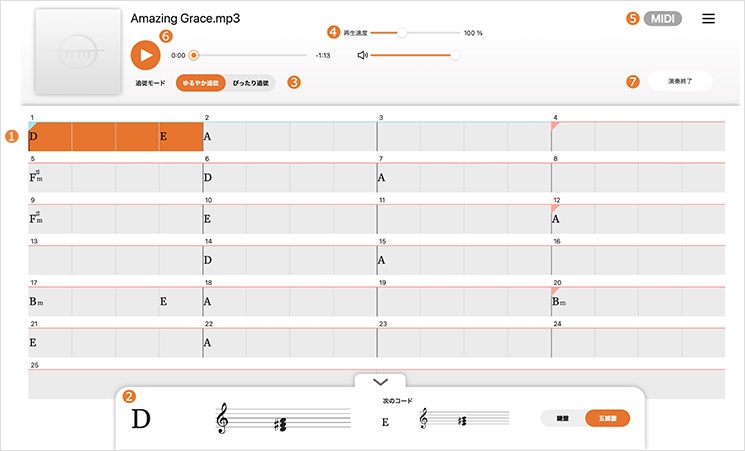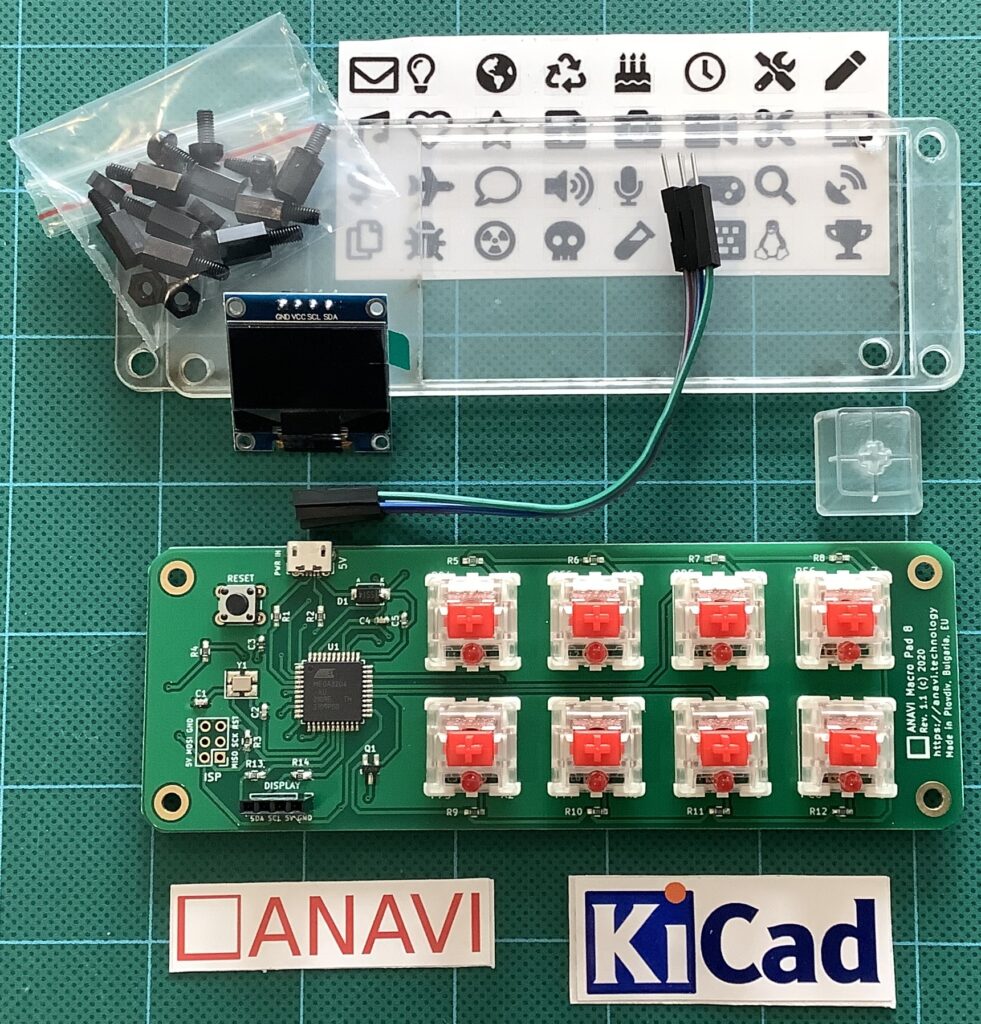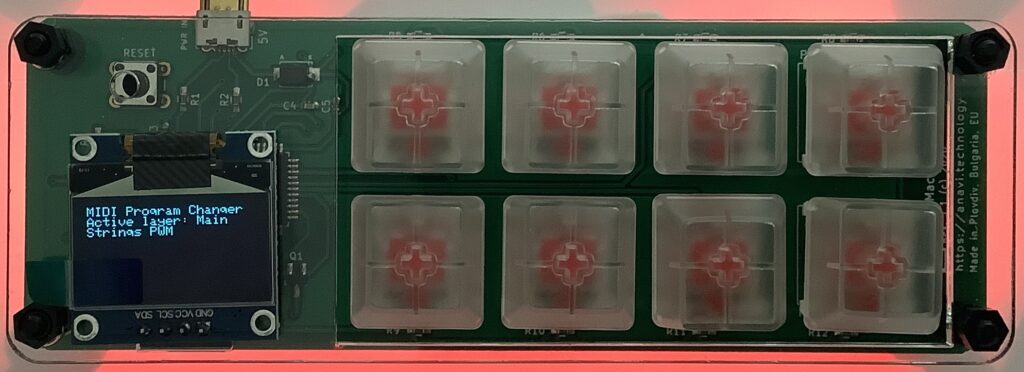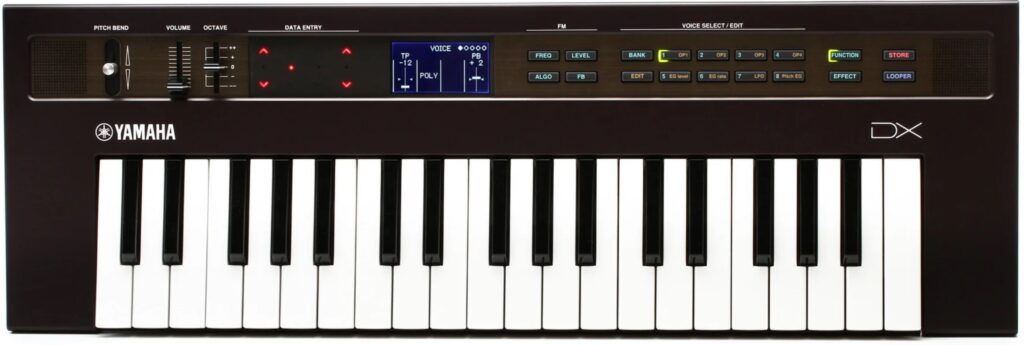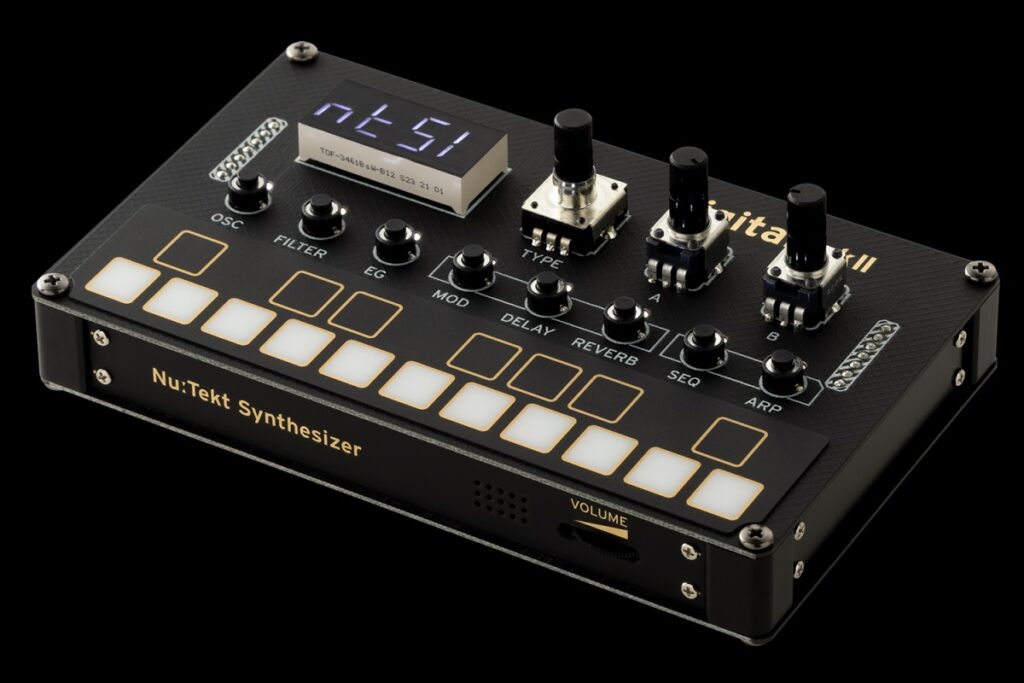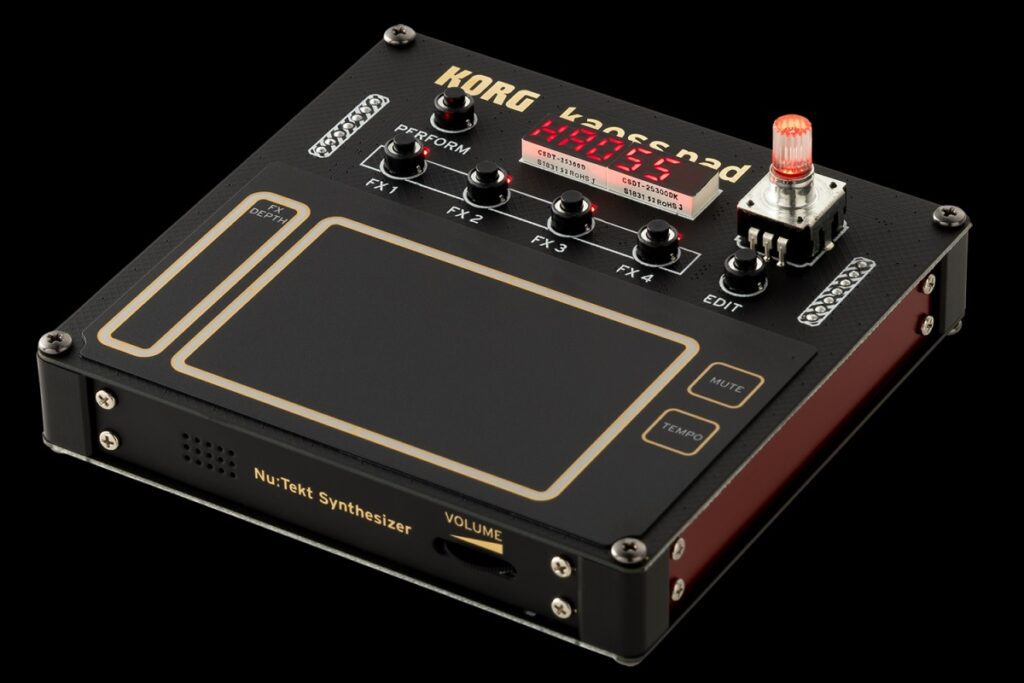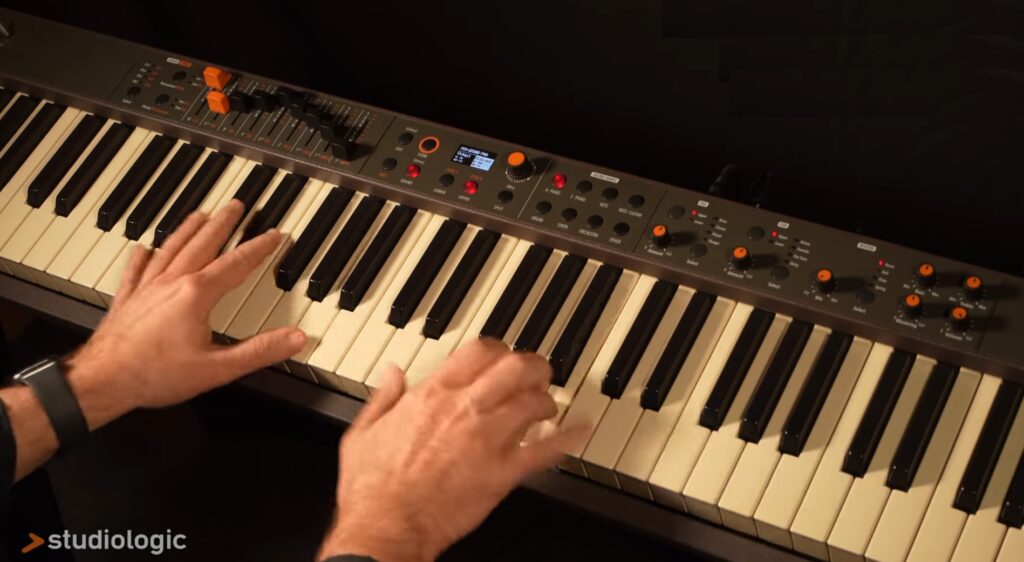The Japanese Yamaha site posted information about a new app called “piano evoce ß”. I’m going to quote the site as translated by the Google:
This is an AI ensemble app that extracts the vocal part of your song and plays it back along with your performance. Feel free to enjoy playing together with your favorite songs!
Practicing the assigned songs alone will not increase your motivation. I want a session buddy who can arrange things freely! I want to be able to play my favorite songs with chords!
This software is a beta version service released primarily for technical verification and service experiments. We hope to continue to make improvements based on the opinions of our users.
piano evoce ß appears to be the next evolutionary step in the Chord Tracker family:
1. Connect your electronic piano/keyboard to your Mac via MIDI.
2. Analyze your own songs.
3. Start playing! When you play the chord displayed on the screen, the vocal part will follow your performance.To use piano evoce ß, you need to register for a Yamaha Music ID account (free of charge).
Now, that’s pretty neat. Here’s my guess: Yamaha combined a vocal stem extractor with Chord Tracker. The screens look very similar to Chord Tracker. Given the reference to “service” and the need to have a Yamaha account, the heavy lifting (vocal stem extraction) is performed by Yamaha software running on one of its servers. There’s a bunch of terms and conditions to read and accept — Yamaha and its friggin’ lawyers.
The app has two ways of following the vocal part (quoting the usual minimalist manual):
- Gentle tracking mode: This mode gently follows your playing. The high degree of freedom allows you to arrange and play chords. Even if the performance stops in the middle of a song, the tempo will slow down, but playback will not stop. The AI listens to your chords and sense of rhythm, understands your playing pace, and sings in a way that feels natural to the AI. Avoid sudden tempo changes, and try playing together to create an ensemble.
- Perfect tracking mode: This mode waits and follows your performance. It will wait until you play at least one note that makes up the correct chord. AI will play according to the timing of your performance. Be sure to play in time with the chord changes.
Can’t wait to try this! I’m guessing it will be available for Clavinova digital pianos and Yamaha arranger keyboards. Bad news for Windows users: “piano evoce ß can be used with macOS 12.0 or higher”. Not a word about Windows.
Copyright © 2024 Paul J. Drongowski

